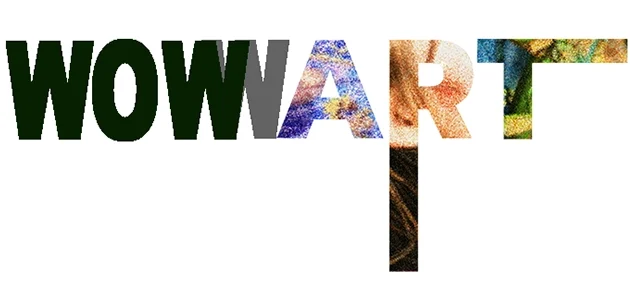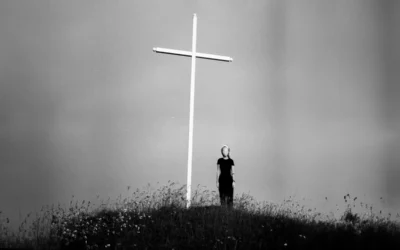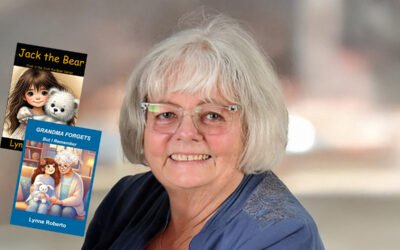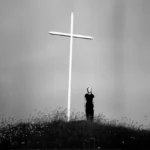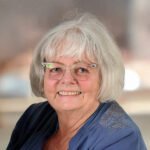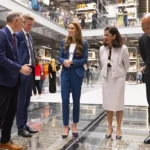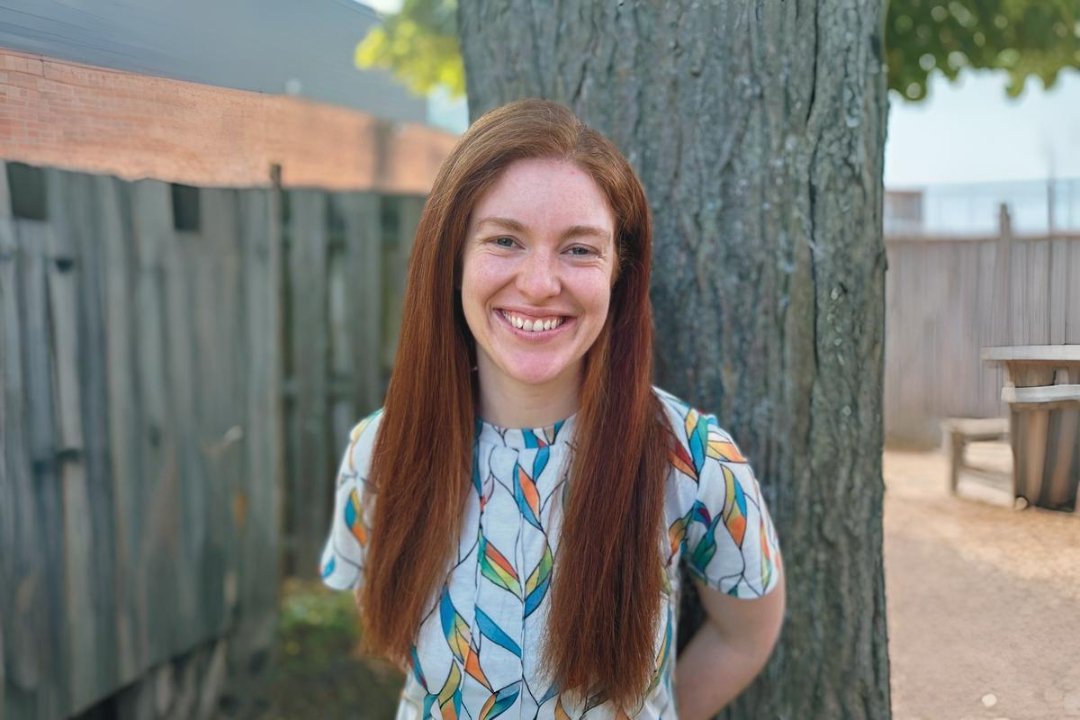Andrea Marquis Weaves Shadows, Craft, And Alchemy Into Sculptural Masterpieces
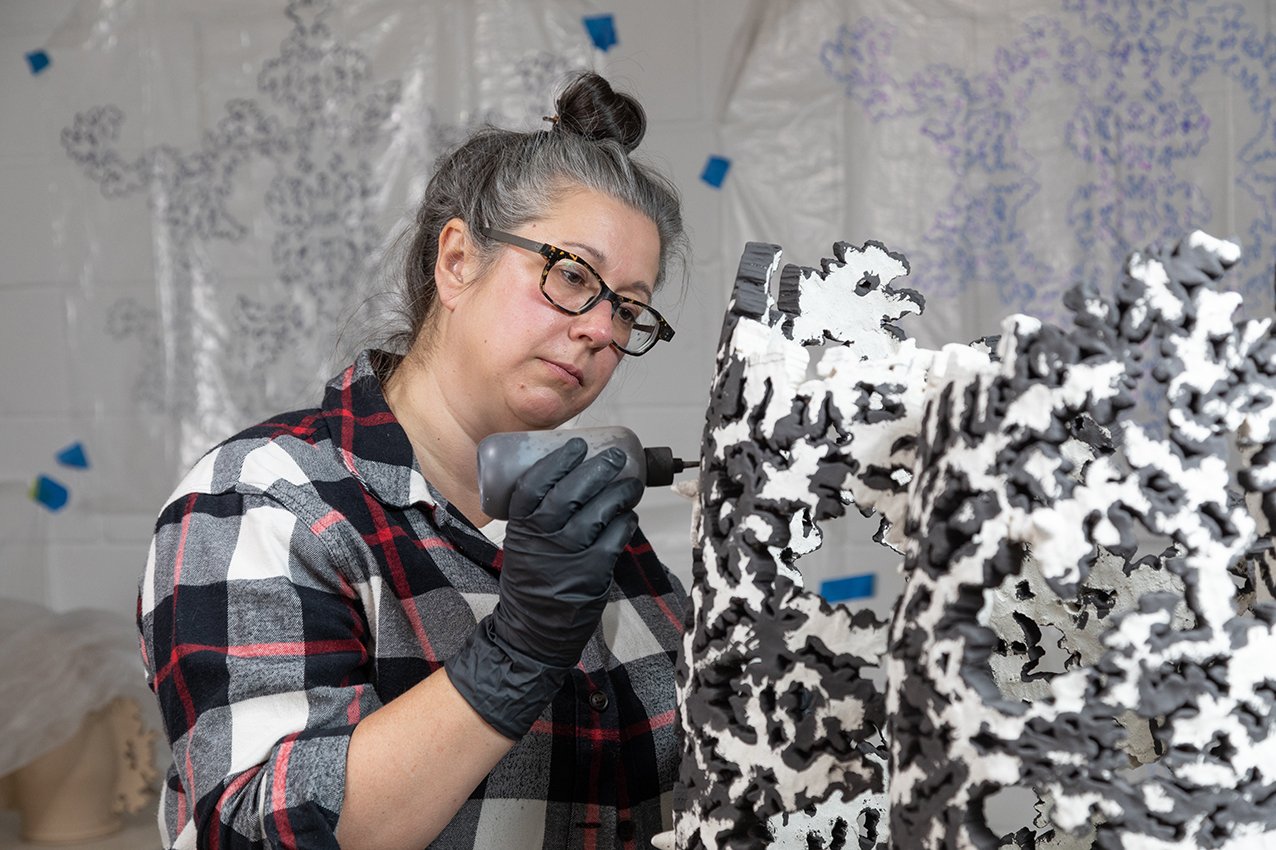
A Journey Through Shadows And Minor Entities
Andrea Marquis delves into the evolution of her sculptural practice, blending natural forms, shadows, and design while revealing the alchemy and intuition that define her groundbreaking ceramic works.
Andrea Marquis is a name that resonates deeply within the art world, celebrated for her visionary approach to ceramics and her transformative sculptures that defy both gravity and convention. Her work, which masterfully intertwines natural forms and architectural elements, embodies an intuitive brilliance, drawing viewers into a realm where craft, design, and alchemy converge. Marquis has built a prolific career as an artist and educator, influencing countless students while continuously pushing the boundaries of her creative practice.
Born in the historic town of Salem, Massachusetts, and now residing outside Philadelphia, Pennsylvania, Marquis’ artistic journey has taken her across prestigious residencies and academic institutions, shaping her unique perspective on material and form. Represented by Todd Merrill Studio in New York City, her creations are featured in esteemed collections such as the Alfred Ceramic Art Museum and the Archie Bray Foundation. These accolades speak to the profound impact of her artistry, where the tactile and the ephemeral find perfect harmony.
In this exclusive interview, Marquis offers a glimpse into her creative process, philosophical musings, and the personal narratives that shape her work. From exploring the shadowy allure of “minor entities” to balancing function and ornament, her insights are as thought-provoking as her sculptures are awe-inspiring.
What inspired you to focus on shadows and Minor Entities as central themes in your work?
As a sculptor working mainly in ceramics, craft processes play a big part in my studio practice. In craft circles you often hear mantras like, “doing in thinking”, “process is content” and “there is meaning in material”. The evolution of my sculpture is a testament to these making methodologies.
In 2006, I was making pinched porcelain flowers that I fused together in the kiln with glaze. In order to prepare them to hang on the wall, I would map them – tracing them onto paper. The tracing turned into cutouts and I started calling them shadows. The shadows had a significant presence and I found their distilled 2D quality just as interesting as the original objects. I was in grad school in 2007 and one of my faculty disliked the term “negative space” to describe my work. As I starting to research shadows, other non-material things emerged: boundaries, thresholds, knots, and holes; that pushed me to dig deeper, finding the term minor entities.
Can you describe the process of creating structurally sound, gravity-defying ceramic forms?
I rely on physics and basic architecture to make my work. Clay starts of soft, needing support. I buttress these parts and then remove the supports once it becomes rigid from drying and firing. There is some cold working involved and I have borrowed a lot of masonry and glass working techniques in my process.
How does your personal history, including growing up in Salem, Massachusetts, influence your art?
Lately, I have been paying attention to scrying in my practice and I have always had an awareness of witchcraft having grown up in Salem, Massachusetts. Ceramic history is embedded with alchemy, lore, obsession and espionage. I sometimes think about working in wood or metal but can’t imagine a piece without the transmutation of the fire and the magic of glaze -which is heavy on chemistry and rooted in millennia of technology.
What role does intuition and family history play in shaping your sculptures?
I take cues from the plants I grow, and utilize play as I work. Intuition drives my practice and I like creating otherwise unimaginable objects. If I knew what I was going to make before I made it, I wouldn’t go through the labor of making it.
I will spend a lot of time reorganizing the drawings on my studio walls. They cover the studio like wallpaper. I play with a motif, turning or layering them – eventually it feels right. The date of the drawing does not correlate with when I make an object. I find myself reinterpreting motifs after major changes: birth, Covid-19, politics, etc. In this way the work is both a fragment and a reflection.
How do you approach the balance between function, utility, and ornament in your pieces?
I began working with clay at university in 1997. I learned to make pots and sculpture, and I continued to make both until 2007, when I entered graduate school. I was making floral sculptures and was asked about my methodology; I didn’t know how to answer. It sent me down a rabbit hole and I came out with a love of design. From this point on, my work as an artist and educator has utilized design methodologies. It’s been interesting to live in Philadelphia which has a rich craft scene, and to watch the fusion of craft and design.
How has teaching ceramics and design impacted your creative process?
I love sharing ceramics as a teacher. Many of us have very community centric practices, and it is wonderful to get to the point where you are colleagues with former students. I love teaching design thinking to ceramics students – it really expands their field.
What significance do you find in blending natural forms, like plants, with architectural elements?
I adore decoration, I often find myself ignoring a painting and looking at the picture frame when visiting a museum. People often call my work decorative. For me, the sculptures are the result of an attraction to certain things like fruit and flora, and the desire to possess or materialize non-material things. Though there are similarities, I don’t think these are the same thing. Ultimately, I am not sure if that matters, or that my intentions change the work. I love the fact that most fine art objects end up functioning as decoration.
Are there any new directions or concepts you’re excited to explore in your future work?
I have been working with the folks at Todd Merrill Studio in New York City. It’s been a wonderful experience connecting with collectors and designers. I am really interested in digging into collectible design and pushing some of the sculptural forms further into the domestic territory.
EDITOR’S HIGHLIGHTS
Empowering Art & Artists Globally
“Being featured in WOWwART means gaining visibility not just in print edition, but across the entire media spectrum in the US, UK, Europe and beyond”

EDITOR’S HIGHLIGHTS
Media, Art and Artist
Media is a powerful tool to build relationships, boost visibility, influence decisions, and create lasting impressions for success and growth.

